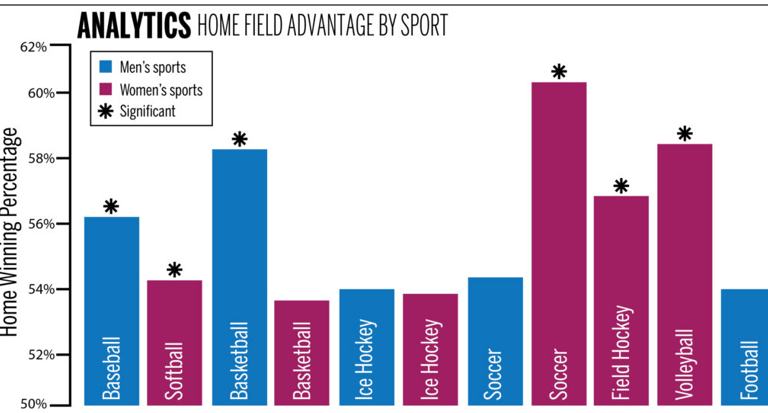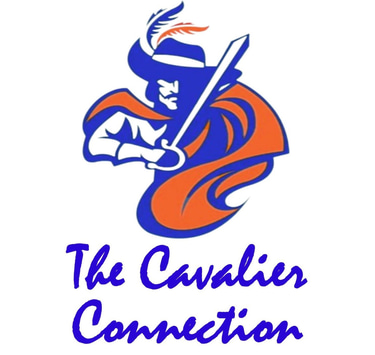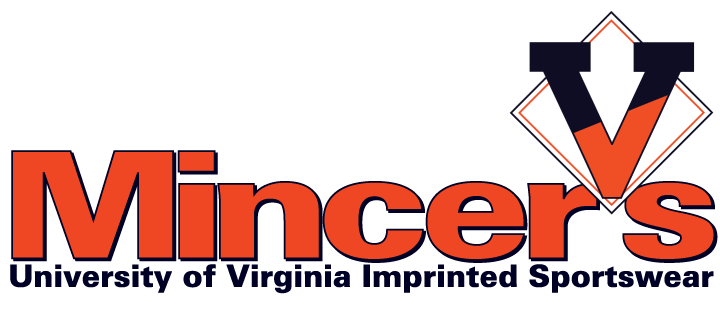Empty Seats and Big Expectations: Can UVA Football Bring Fans Back to Scott Stadium?
Scott Stadium hasn’t been full in decades, and the sight of empty seats has become all too familiar for UVA fans. In this blog, we look at why attendance has struggled since the glory days of George Welsh, what Coach Tony Elliott and Carla Williams need to deliver in 2025, and how other UVA programs are finding success through the transfer portal. From football bowl hopes to boosting support for “minor” sports, the conversation isn’t just about wins and losses—it’s about the future of the fan experience in Charlottesville.
Steve Brindle
8/9/20253 min read
In a previous blog, I mentioned that Scott Stadium’s open seating was plentiful during my years on Grounds (‘69-‘72). As I recall, a 50-yard line seat was doable at the last moment. Decades later, copious empty seats still prevail. I would guess that 35,000 was the average attendance last year in a 61,500-seat stadium. Why? In post- Welsh years, the product on the field has been disappointing. That said, Al Groh, Mike London, and Bronco Mendenhall all coached the Hoos to postseason bowl games whereas Elliott has not. It’s my guess that Coach Elliott and Carla Williams need to produce at least a 6-win, bowl eligible football record to keep their jobs. After all, Carla was brought to Grounds with the primary hope of improving our football future. Tony was hired with the hope that Clemson gridiron successes would rub off on his new Hoos players and staff. I think that this year’s team will be fun to watch. With 50+ portal players on the roster, we will have to regularly turn to our programs to match players with their uniform numbers. Men’s bball and baseball programs will also be fun to watch, having had terrific gets from the portal. It’s fair to say that Ryan Odom and Chris Pollard have done incredible jobs in building competitive rosters from scratch. I’m mystified, though, by the vast Scott Stadium upper sections where fans are dressed as empty seats. Maybe it’s about parking hassles, TV, and lack of success on the field that keeps fans on the swivel rockers in their mancaves.
I believe the elimination of tickets purchases in our “minor” sports will encourage greater attendance for our home games. That would translate to more active cheering and more concession sales. I attend all men’s and women’s games and I know that our loud enthusiasm pumps up the players. (See the chart below.) Doubling the fan base in men’s and women’s soccer, volleyball, field hockey, and wrestling may be the difference between a win and a very close loss. Fans, coaches and, more importantly, the players, will go home happy after a “W”. I’m mystified that local schools (K through high school seniors) aren’t given the opportunity to attend games for free or at a very modest price. They may not pay at the gate but a boost in concessions and a full loud upper deck can’t be a bad thing. Crowds came in mass during some of the Welsh years because people love winners.
Graphic courtesy of Evan Green, whois a member of the Yale Undergraduate Sports Analytics Group.
Soooo, I’m going into fall sports totally encouraged by the added depth on both football lines and real talent at other positions. The tech improvements and talk of stadium expansion are also pluses. I’m hoping that our students will attend soccer, volleyball, field hockey, and our 5-Pete swim team. My understanding is that students can earn more points to qualify for men’s bball games if they attend minor sports games.
In closing, game day should be exciting red, amt that the mystery rosters are packed with elite talent that will increasingly fill seats and provide revenue for UVA athletics. Hopefully, the Chanticleers will return home with tails dragging later this month. Hopefully, a sizable increase in student attendance will increase in the expected balmy weather but that may be wishful thinking. In the words of Caroline Novkov, game day is something that many Hoos generations remember fondly. However, recent graduates may have very different memories. Thanks to advances in technology, increasing numbers of college students are choosing the comfort of their dorm room to watch games rather than actually attending. This could pose a huge problem for future Hoos generations.




